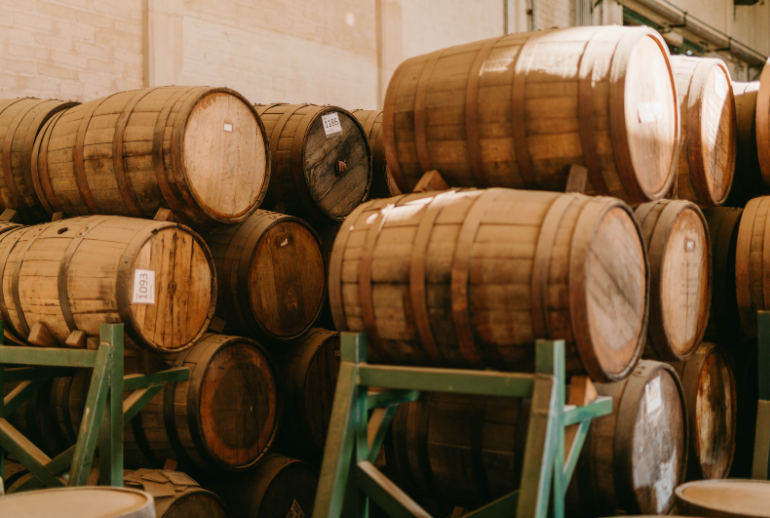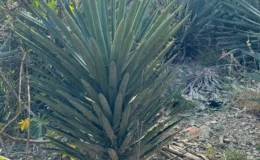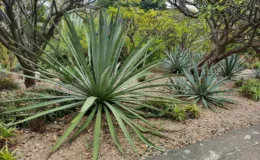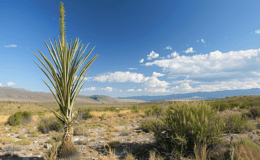Ah, mezcal, the smoky elixir that captivates the senses and transports us to the heart of Mexico. As mezcal enthusiasts, we often wonder about the aging process and how it contributes to the complexity and depth of this beloved spirit. So, grab a glass and join us as we explore the fascinating world of mezcal aging, unraveling the mysteries of time and patience.
Understanding Mezcal Aging
Unlike tequila, which has strict aging categories, mezcal aging is a more flexible and diverse journey. While some mezcals are consumed fresh and unaged, others undergo maturation, allowing them to develop unique flavors and textures. The length of aging varies, and the choice ultimately depends on the producer’s vision and the specific type of mezcal being crafted.
Unaged Mezcal: The Essence of Youth
Let’s start with the freshest expressions of mezcal—those that embrace the vibrancy and rawness of the spirit. Unaged mezcal, also known as “Joven” or “Blanco,” is bottled shortly after distillation, capturing the pure essence of the agave. These mezcals showcase the flavors and characteristics of the specific agave varietals used, without the influence of aging vessels. Examples of unaged mezcals include Del Maguey Vida and El Jolgorio Espadín.
Reposado Mezcal: A Gentle Rest
Next, we encounter reposado mezcal—a middle ground between youth and maturity. Reposado mezcals undergo a brief period of aging in oak barrels, allowing the spirit to soften and develop subtle complexities. The duration of this aging stage can range from a few months to a year. This resting period enhances the mezcal’s flavor profile and introduces gentle notes of vanilla and wood. Some notable reposado mezcals include Los Danzantes Reposado and Wahaka Reposado con Gusano.
Añejo Mezcal: Time Transforms
For those seeking the wisdom of time in their glass, añejo mezcal is where the magic happens. Añejo mezcals are aged for an extended period, typically exceeding one year, in oak barrels. This patient maturation process allows the mezcal to deepen in flavor, develop intricate layers, and acquire richer hues. With each passing year, the wood imparts its character onto the spirit, resulting in notes of caramel, chocolate, and spice. Exceptional añejo mezcals include Mezcaloteca Tobala Añejo and Real Minero Pechuga Añejo.
Extra Añejo Mezcal: The Pinnacle of Patience
If you’re seeking mezcal that has aged to perfection, look no further than extra añejo mezcal. This category represents the apex of mezcal aging, where time has woven an intricate tapestry of flavors and aromas. Extra añejo mezcals rest in oak barrels for an extended period, often surpassing three years, allowing the spirit to evolve and showcase its full potential. These mezcals boast remarkable smoothness, complexity, and a harmonious balance of flavors. Examples of extraordinary extra añejo mezcals include Mezcalero No. 21 Extra Añejo and Pierde Almas Conejo Extra Añejo.
The Influence of Oak Barrels
Oak barrels play a vital role in mezcal aging, providing a vessel for the spirit to interact with the wood’s characteristics. The type of oak used, such as American oak or French oak, can impart distinct flavors and aromas to the mezcal. American oak tends to contribute vanilla and coconut notes, while French oak lends more subtle and complex flavors like spice and toast.
Different Agave Varietals
Another crucial aspect of mezcal production is the variety of agave used. There are over 30 recognized agave species used for mezcal production, each with its unique characteristics and flavors. Varietals such as Espadín, Tobalá, and Madrecuixe are commonly utilized in mezcal production, and their distinct qualities contribute to the final flavor profile of aged mezcals. For example, Tobalá agave tends to produce mezcal with a more floral and fruity profile, while Espadín agave offers a balance of earthiness and sweetness.
Alcohol Content and Aging
During the aging process, mezcal may undergo a slight reduction in alcohol content. The porous nature of oak barrels allows for some evaporation and oxidation, resulting in a subtle decrease in alcohol strength over time. This reduction can contribute to the overall smoothness and balance of aged mezcals.
Conclusion
From the youthfulness of unaged mezcal to the mellowness of well-aged añejo, mezcal aging offers a spectrum of flavors and experiences. Oak barrels, agave varietals, and the passage of time all play integral roles in shaping the character of aged mezcals. So, embrace the enchantment of mezcal aging, savor the complexities of time, and let each sip transport you to the heart of Mexico’s rich agave heritage. Cheers to the magic of mezcal!





